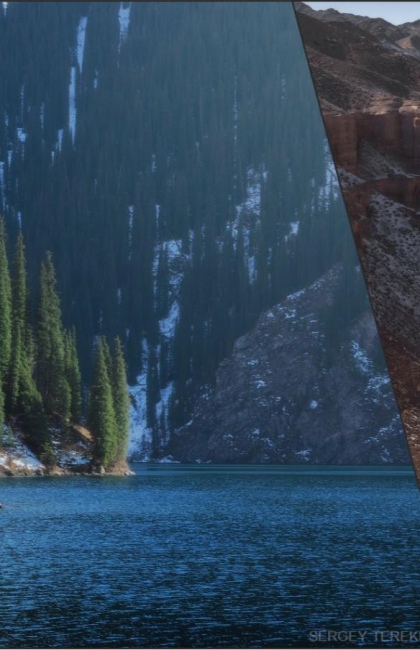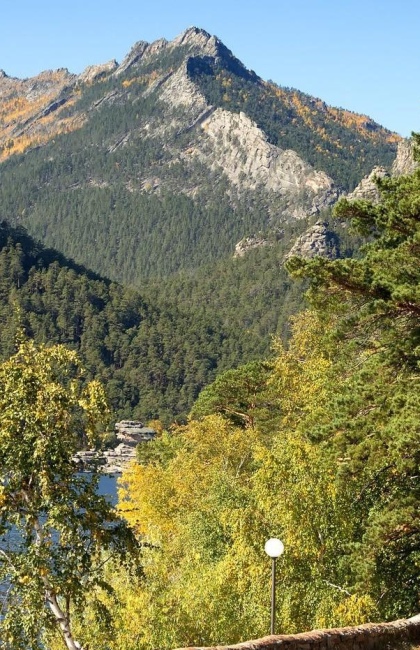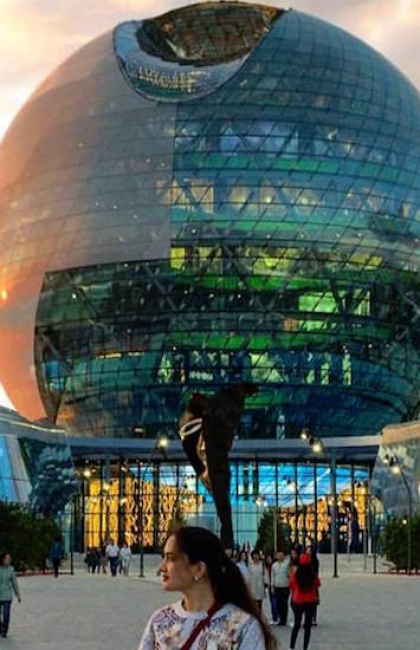Issyk Golden Man: Secrets of the Scythian Warrior
The Golden Man is the remains of an ancient Scythian warrior, preserved in remarkable condition to this day. The Scythians, a nomadic Aryan people known for their equestrian prowess, once held considerable influence across Central Asia, stretching from China to the northern Black Sea. The momentous discovery of the Golden Man occurred in 1969 during excavations at the Issyk burial mounds, located in the Almaty region. This significant archaeological site, now safeguarded by the Issyk Historical and Cultural Reserve-Museum, holds immense importance not just for Kazakhstan but for the entire world.
How researchers found an extremely rare unlooted tomb
The origins of this awe-inspiring find can be traced back to the 4th century BC. Various researchers suggest that the Golden Man was a young member of the royal Kushan dynasty. The Kushans, who governed vast regions encompassing the northern Indian subcontinent, Afghanistan, and parts of Central Asia during the first three centuries of the Common Era, leave a tantalizing link to this ancient warrior.
The preservation of this remarkable find is truly astonishing, considering the common occurrence of looting in burial mounds, which often results in the loss of valuable artifacts, leaving archaeologists with mere remnants of household items. However, in the case of the Golden Man, an entire prince clad in armor, adorned with an intricate array of gold plates, has been unveiled. Adorning his head is a high-pointed hat, depicting winged horses, a snow leopard, tau-teke (mountain goats), various birds, and other captivating motifs. It is worth noting that pointed hats were an essential characteristic of the Scythians.
The sheer quantity of gold ornaments on the young warrior's caftan is astounding, numbering approximately 4,000, while the headdress alone boasts an impressive 150 ornaments. In addition to the ancient remains, archaeologists unearthed pottery, golden and silver vessels, and meat-laden trays within the same burial niche. Among the unearthed artifacts, a notable piece is a silver bowl intricately carved with enigmatic symbols. Similar symbols have been found in various contemporary language groups, yet their precise meaning remains elusive, as decoding efforts are still ongoing. It is speculated that the bowl may have been imported from another country, further highlighting the far-reaching connections and trade networks of the time. Among the warrior's weaponry, a sword and a dagger stand out, adorned in the traditional Scythian «animal» style, featuring depictions of foxes, wolves, saigas, mountain sheep, and snakes.
The burial mound itself stands at an impressive height of 6 meters (20 ft), with a diameter spanning 60 meters (197 ft). This particular mound constitutes part of a larger burial complex comprising 40 mounds, the majority of which had already been emptied by the time of discovery.
A symbol of Kazakhstan
The original armor, adorned with magnificent decorations, is safeguarded in the state repository of Kazakhstan. However, an exact replica of the Golden Man can be admired at the Museum of Gold and Precious Metals in Astana and the Issyk Reserve-Museum. Copies of this extraordinary artifact are also displayed in numerous museums across the country and around the world. Notably, in Almaty, the Golden Man adorns the Independence Monument on Republic Square.
Interestingly, the Issyk golden warrior is not the sole representative of its kind in Kazakhstan. There are five other similar discoveries scattered throughout the country, although they may not enjoy the same level of fame as the one found in Issyk. These include the Golden Woman in the West Kazakhstan region, the Kurgan Araltobe in the Atyrau region, the Shilikty Golden Man in the East Kazakhstan region, the burial ground at Taldy-2 in the Karaganda region, and a Golden Man discovered near Astana.
How to get there?
The Issyk mounds are located approximately 60 km (37 mi) from Almaty, a journey that can be completed in just over an hour by traveling along the Kuldjinsky tract. To reach this historic site, one should head in the direction of the town of Esik. After passing the village of Novoalekseevka, a right turn onto a smaller road will lead you approximately 10 km (6 mi) further, where the Issyk Reserve-Museum will come into view on the right side of the highway.
Other attractions near the Issyk burial mounds:
- Lake Issyk
- Issyk Trout Farm
- Turgen Gorge
- Kairak Waterfall
- Ile-Alatau National Park
- Gunny Ethnic Village
- Asy Plateau
- Asy-Turgen Observatory
- Oi-Qaragai Mountain Resort
- Talgar Trout Farm
- 8 Lakes Resort

-1_420x650_4ab.jpg)
_420x650_4ab.jpg)
_420x650_4ab.jpg)
_420x650_4ab.jpg)


_420x650_4ab.jpg)

_420x650_4ab.jpg)